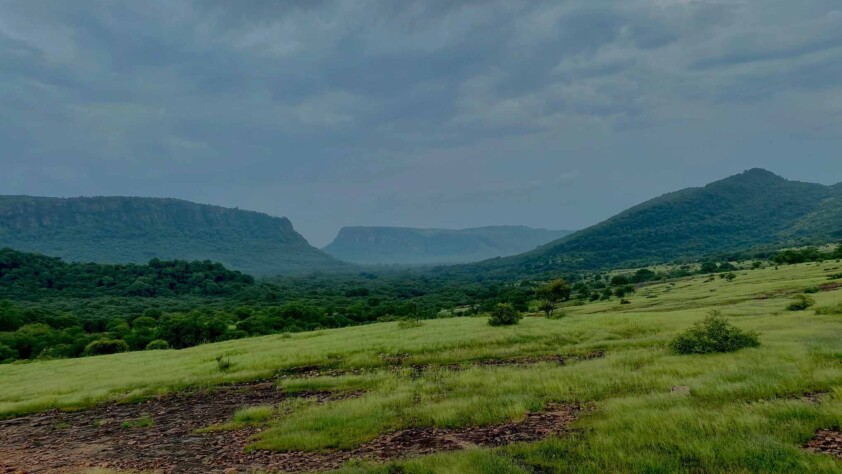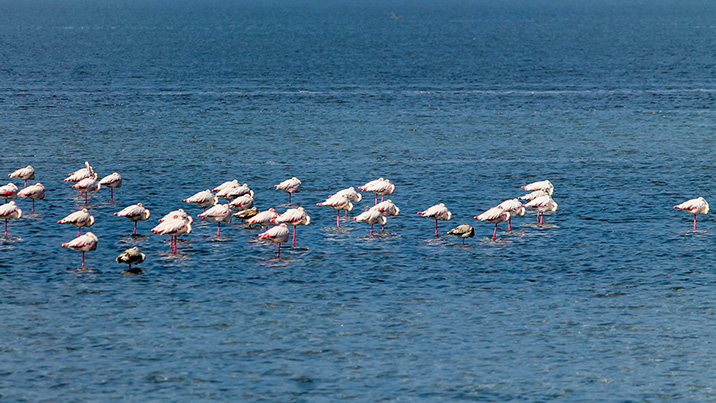India is a land of diverse ecosystems and rich biodiversity, home to numerous wildlife sanctuaries that protect a wide variety of animal species. These sanctuaries are crucial for conservation efforts, providing safe havens for endangered species and maintaining ecological balance. This article explores some fascinating facts about wildlife sanctuaries and the animals that inhabit them in India.
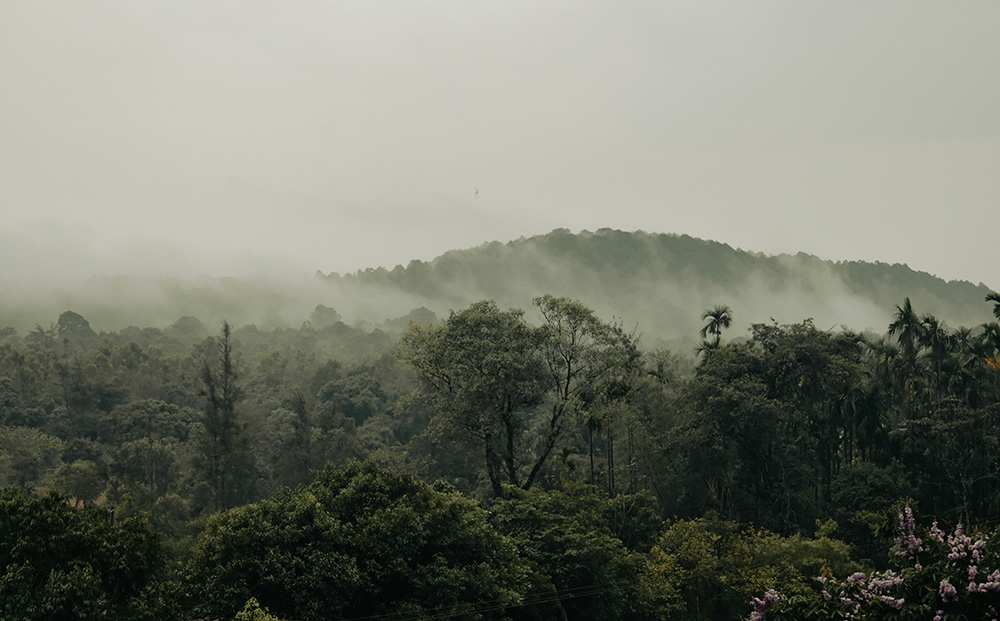
Importance of Wildlife Sanctuaries in India
- Biodiversity Hotspots: India is one of the 17 megadiverse countries in the world, housing 8% of the world’s biodiversity. Wildlife sanctuaries play a critical role in preserving this biodiversity, offering habitats for many rare and endangered species.
- Conservation Efforts: Sanctuaries are instrumental in conservation efforts. They help protect endangered species from poaching and habitat destruction. For instance, the Gir National Park is the only habitat for the Asiatic lion, and it has been successful in increasing their population.
- Ecotourism: Wildlife sanctuaries contribute significantly to ecotourism, attracting millions of tourists each year. This not only boosts the local economy but also raises awareness about the importance of wildlife conservation.
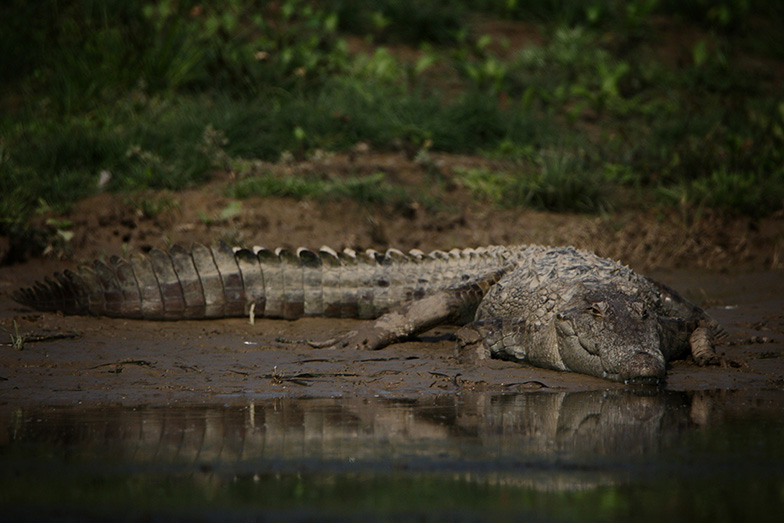
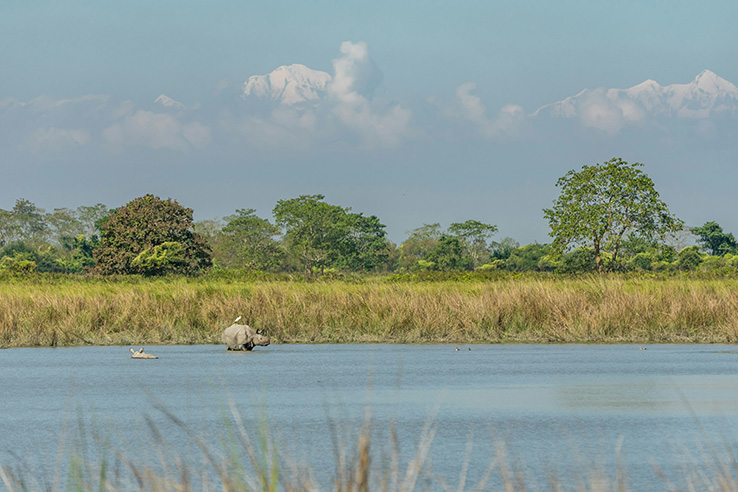
Notable Wildlife Sanctuaries in India
- Jim Corbett National Park: Established in 1936, it is India’s oldest national park. Located in Uttarakhand, it is famous for its Bengal tiger population. It also houses elephants, leopards, and various bird species.
- Kaziranga National Park: Situated in Assam, Kaziranga is renowned for its population of the one-horned rhinoceros. It is also a UNESCO World Heritage site and supports a rich variety of flora and fauna, including elephants, wild water buffalo, and swamp deer.
- Ranthambore National Park: Located in Rajasthan, Ranthambore is one of the best places to spot Bengal tigers in their natural habitat. The park also has a diverse range of other wildlife, including leopards, hyenas, and sloth bears.
- Sundarbans National Park: This UNESCO World Heritage site in West Bengal is the largest mangrove forest in the world and is home to the Bengal tiger. The Sundarbans also supports a variety of bird species, crocodiles, and the endangered river dolphin.
- Periyar Wildlife Sanctuary: Located in Kerala, Periyar is known for its elephant population and scenic beauty. The sanctuary also supports a variety of wildlife, including tigers, leopards, and various species of birds.
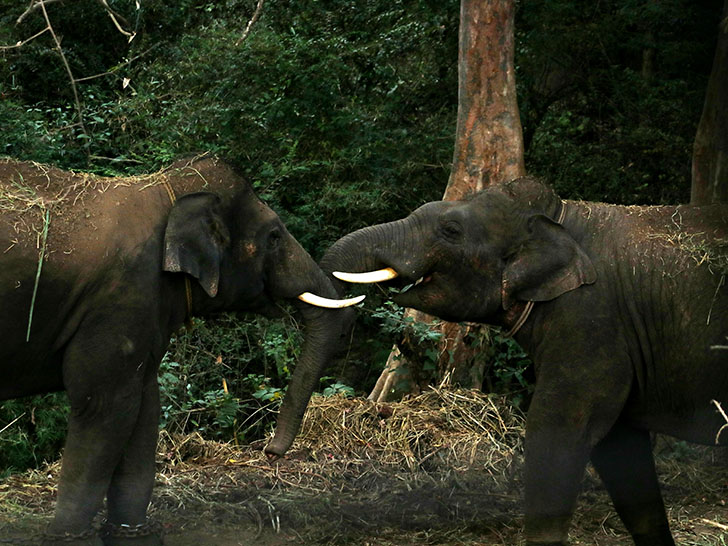
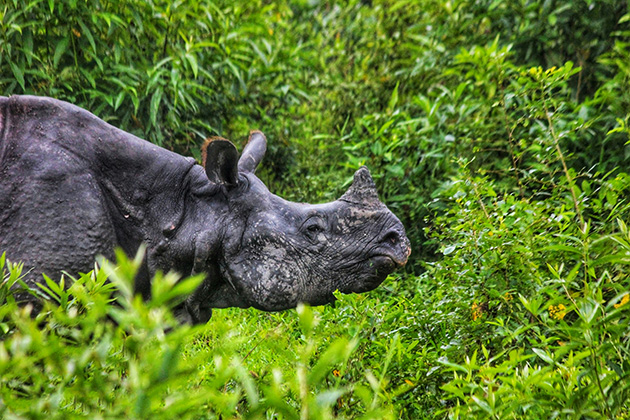
Unique Animals of Indian Wildlife Sanctuaries
- Bengal Tiger: The national animal of India, the Bengal tiger, is found in several sanctuaries, including Jim Corbett, Ranthambore, and Sundarbans. Conservation efforts have helped stabilize their population, though they remain endangered.
- Asiatic Lion: Once widespread across Asia, the Asiatic lion now only exists in the Gir National Park. Conservation programs have increased their numbers, making Gir a critical sanctuary for their survival.
- Indian Elephant: These majestic creatures are found in sanctuaries like Periyar and Bandipur. They are an essential part of India’s cultural heritage and play a significant role in maintaining forest ecosystems.
- Indian Rhinoceros: The one-horned rhinoceros, primarily found in Kaziranga, is a success story of conservation. Their population has rebounded due to strict protection measures and habitat management.
- Snow Leopard: Found in the high-altitude regions of the Himalayas, the snow leopard is an elusive and endangered species. Sanctuaries like Hemis National Park in Ladakh are crucial for their conservation.
- Nilgiri Tahr: This endangered mountain goat is native to the Western Ghats. Sanctuaries like Eravikulam National Park in Kerala are dedicated to protecting the Nilgiri Tahr and its habitat.
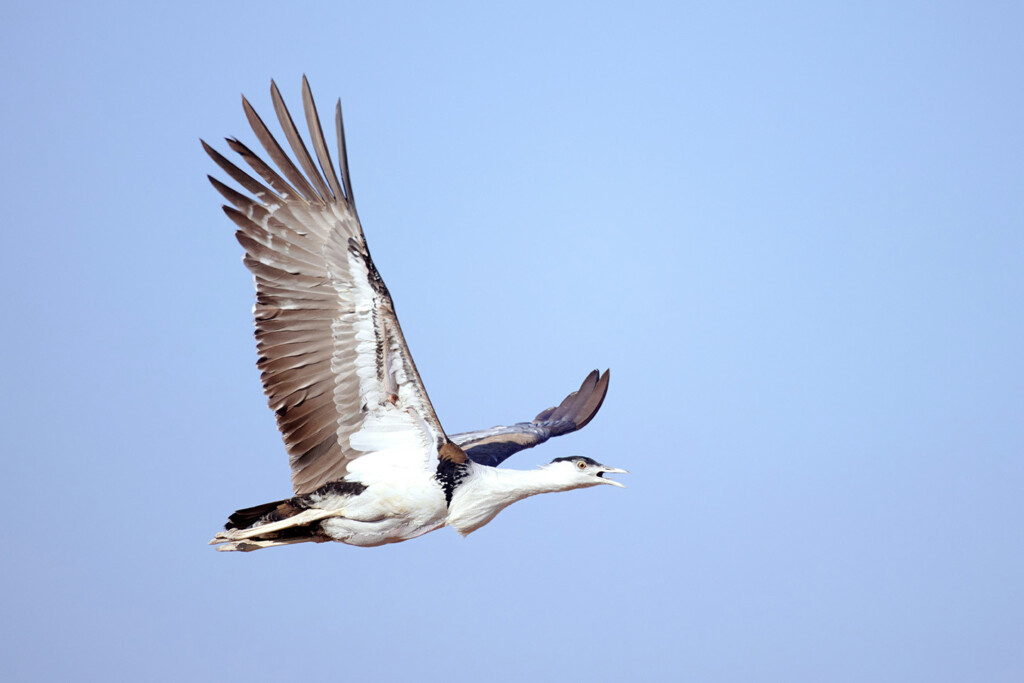

Conservation Challenges and Efforts
- Habitat Destruction: Rapid urbanization, deforestation, and agricultural expansion are leading to habitat loss. Wildlife sanctuaries act as crucial refuges, but the encroachment remains a significant threat.
- Poaching and Illegal Trade: Despite strict laws, poaching for animal parts and illegal wildlife trade continue to endanger species. Sanctuaries implement anti-poaching measures and surveillance to combat these activities.
- Human-Wildlife Conflict: As human populations expand, conflicts between wildlife and humans increase, particularly in areas surrounding sanctuaries. Conservation programs focus on creating awareness and developing strategies to mitigate these conflicts.
- Climate Change: Changing climate patterns affect the habitats and food availability for wildlife. Conservation efforts now include strategies to mitigate the impacts of climate change on ecosystems.
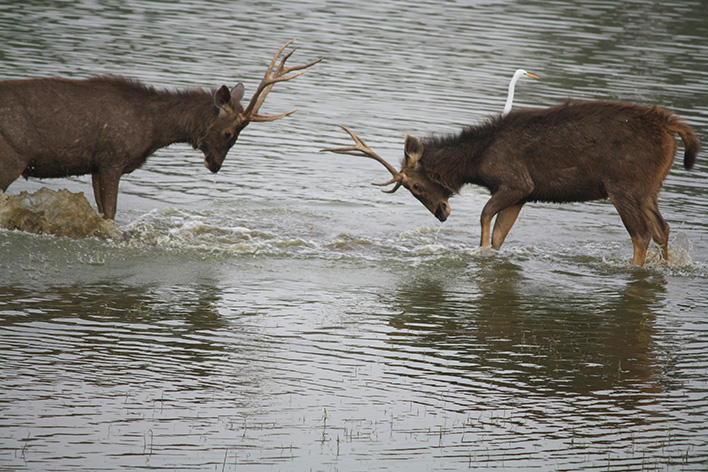
Community Involvement and Ecotourism
- Local Communities: Engaging local communities in conservation efforts is essential. Many sanctuaries run programs that involve locals in tourism, conservation, and monitoring activities, providing them with alternative livelihoods.
- Ecotourism: Promoting ecotourism helps generate revenue for conservation efforts and educates tourists about the importance of preserving wildlife. Responsible tourism practices are encouraged to minimize the environmental impact.
- Education and Awareness: Wildlife sanctuaries often run educational programs and workshops to raise awareness about conservation. Schools, colleges, and NGOs participate in these programs to spread knowledge and promote a conservation ethic.
Success Stories and Future Goals
- Project Tiger: Launched in 1973, Project Tiger is one of the most successful conservation initiatives in India. It has helped increase the tiger population through stringent protection measures and habitat management.
- Project Elephant: Initiated in 1992, Project Elephant focuses on protecting elephant habitats, mitigating human-elephant conflict, and promoting research and awareness about elephant conservation.
- Future Goals: The future of wildlife conservation in India involves expanding protected areas, improving management practices, and enhancing community participation. Innovations in technology, such as drone surveillance and camera traps, are being utilized for better monitoring and protection.

